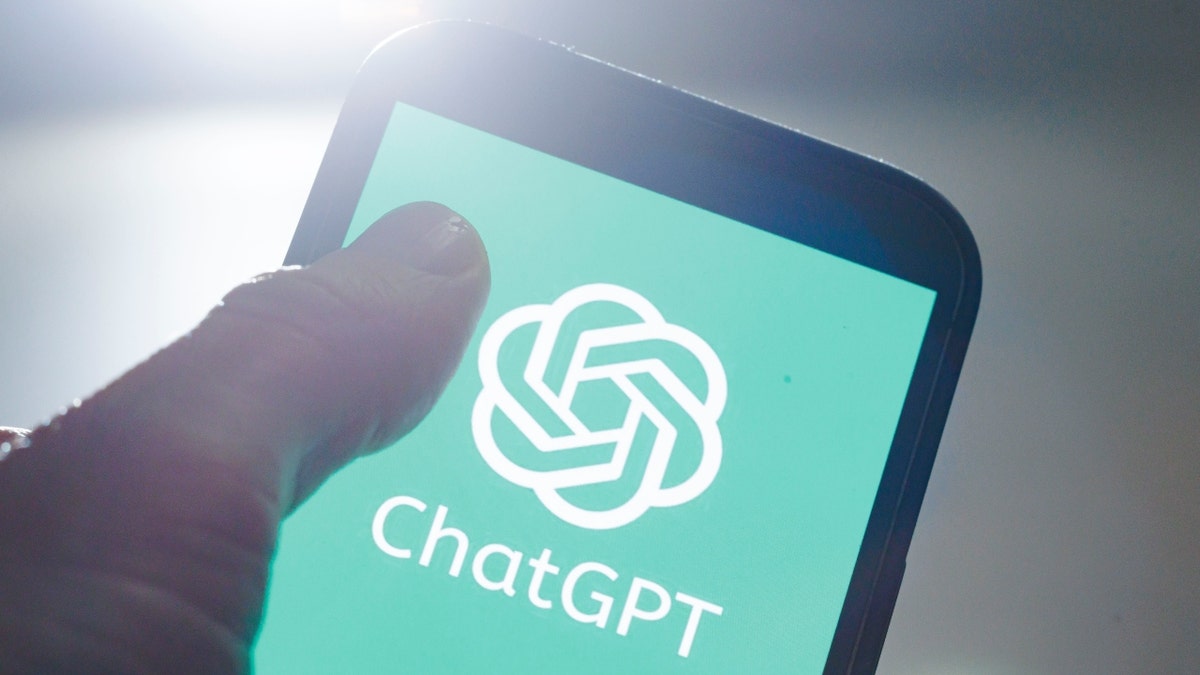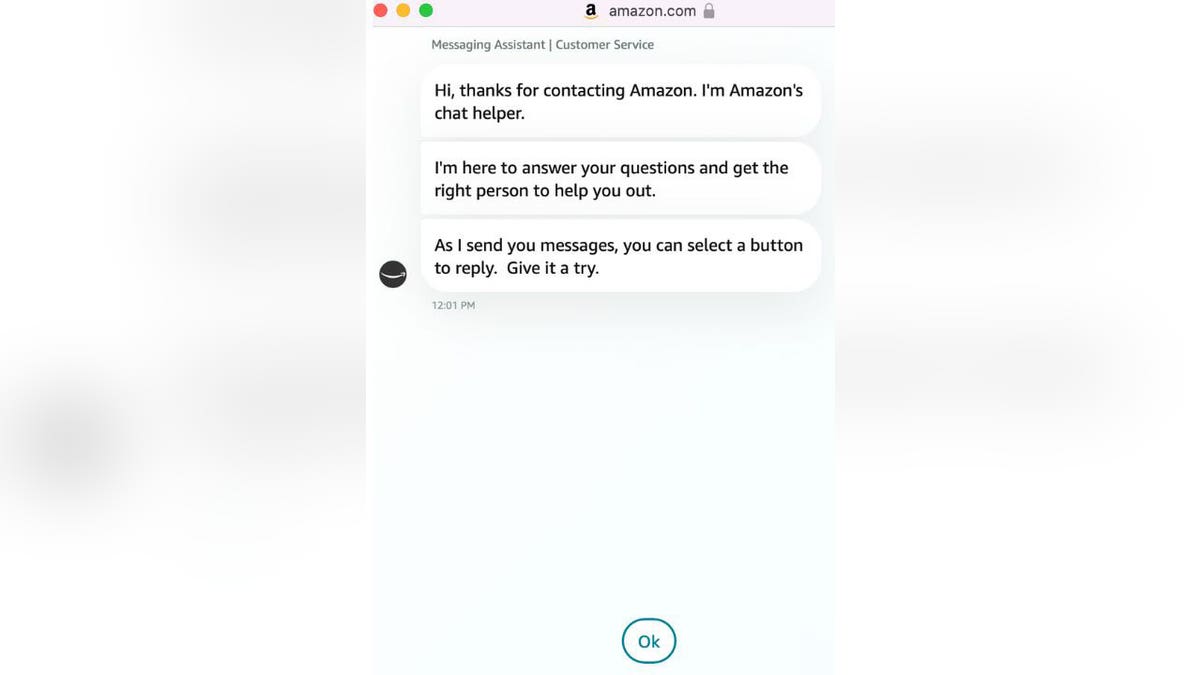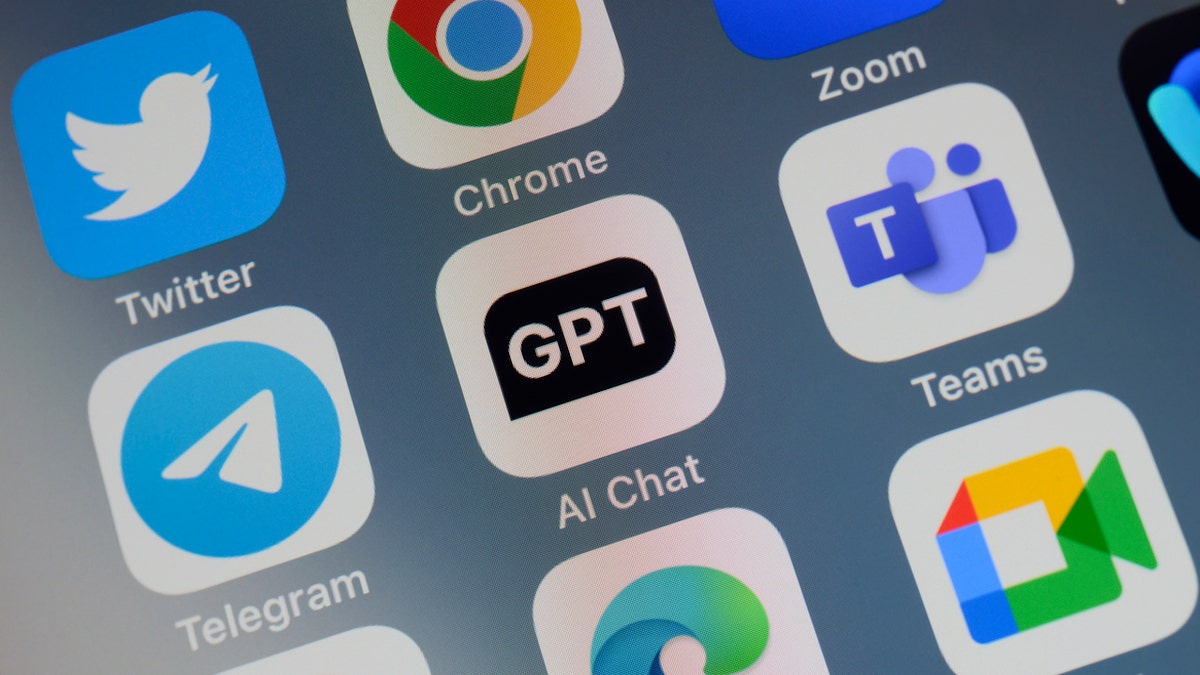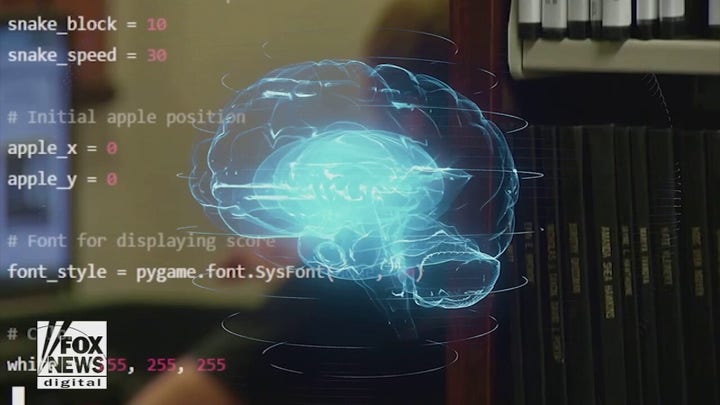
How does an AI chatbot work?
By Breana Scheckwitz
Published May 30, 2023
Modern chatbots have become more than just customer support programs. Thanks to powerful breakthroughs in machine learning and natural language processing — two subsets of the field of artificial intelligence — people around the world are using chatbots to solve a host of problems and gain access to new conveniences. Read on to learn more about how chatbots work.
What is a chatbot?
Chatbots are computer programs that include everything from a popup box on a website used to schedule a consultation to OpenAI’s natural language processing tool ChatGPT. A chatbot is designed to mimic human dialogue so that the user can interact with the device, through text or audio, as if it were another person. When asked a question or given a request, the chatbot will respond using the information it has available, some more limited than others.
Not all chatbots are AI chatbots. In its simplest form, a chatbot can respond with a single line of text to a written query. A more complex chatbot using AI can evolve to better understand the user and provide more personalized responses.
Chatbots are embraced by businesses of all kinds to reduce the need for customer service representatives and to provide convenient responses to customers any time of the day. Common website uses of chatbots include popup customer service chats, restaurant reservation systems, medical consultation scheduling and online bank alerts.

OpenAI's ChatGPT is a conversational AI that can predict the best response to a query based on ((Photo by Thomas Trutschel/Photothek via Getty Images))
What are the types of chatbots?
Until recently, the main purpose of chatbots was to help businesses meet the needs of their customers. These chatbots were specifically designed with the individual business in mind. Modern-day chatbots often use AI and are used for an abundant number of tasks.
Rule-based chatbots
Rule-based chatbots only allow the user to input what the chatbot is programmed to handle. These are easier and more cost-effective to build since they only use a simple algorithm that follows "if-then" rules and don't allow for deviation from the preset queries and answers.
In some versions, users click on buttons with select options and are guided to an answer through the designed flow. When given a text box for the user input, bots look for familiar words within the query and then match the keywords with an available response.
Artificial Intelligence chatbots
AI chatbots use machine learning to help the computer learn from the input and feedback received. Over time, the chatbots become more efficient and more accurately address the user’s questions.
Through natural language processing, the responses from these devices can be more creative while maintaining accuracy. They understand the natural language of the query and can jump from one part of the conversation to another to solve the user’s needs. AI chatbots can understand the context and intent behind a query.
ChatGPT
ChatGPT is a conversational AI chatbot from OpenAI. You can ask the bot any question, and it will answer with human-quality responses. Since ChatGPT is a neural network that has been trained on a large amount of data, it can generate a unique response and doesn’t just regurgitate an automated response like a rule-based chatbot would.
Google Bard
Google Bard is a generative AI (a type of artificial intelligence that can produce content) tool that is powered by Google’s Language Model for Dialogue Applications, often shortened to LaMDA, a conversational large language model. It allows for prompts from the user to create content and can perform a variety of other text-based tasks, such as providing summaries of books and documents.
Bing Chat
Bing Chat is an artificial intelligence chatbot from Microsoft that is powered by the same technology as ChatGPT. Bing Chat is integrated into the search engine, allowing the searcher to enter a query in the chatbot and receive a human-like response with links to the original sources.

Screenshot of the live chat box with Amazon customer service, an example of a rule-based chatbot. (Fox News)
How does an AI chatbot work?
Understanding the apparent magic of the chatbot can give confidence to the prospective user. Artificial intelligence technologies allow the program to comprehend and respond to the human user’s input. With the use of natural language processing and machine learning algorithms, chatbots can deliver on a variety of text-based tasks and improve their abilities over time.
The chatbot can break down the spoken or written query based on the entity and the intent, which allows it to provide an accurate response even when nuance must be understood in the query. The intent is the action or request made by the user and the entity is the details that make the request unique. For example, if a user asked for the weather in their city, "weather" would be the intent, and the "city" would be the entity.
How chatbots are trained
Chatbots are trained through both unsupervised and supervised learning. With unsupervised learning, the chatbot learns to identify the intent of the user through trial and experience. This is similar to how babies learns to speak as they listen to the adults around them. They eliminate what doesn’t work after feeling frustrated from not being understood and improve communication based on positive responses from the adults. Similarly, the chatbot learns from the human response. If the user suggests the answer given to them is wrong, it will take that data and learn from it.
Supervised learning involves training through monitored sets of example requests. This is similar to the learning that a child receives in school through language and grammar classes. Students are trained through delegated exams and assignments, and the chatbots are trained by learning to map from a given input variable to a given output variable.
ARTIFICIAL INTELLIGENCE QUIZ! HOW WELL DO YOU KNOW AI?
Both types of training are used for the continuous development of the chatbot.

Chatbots are now more than just customer-service support. Through artificial intelligence technologies, they can assist with various tasks using natural human language. (iStock)
Do chatbots use natural language processing?
Natural language processing technology allows the chatbot to understand the natural language speech or text coming from the human. Through NLP, the chatbot can understand the intent of the conversation and can simulate a live-human interaction.
The NLP layer of the algorithm utilizes processes called predictive analytics, sentiment analysis and text classifications to interpret the input from the human user. An input in a chatbot goes through several natural language processing steps to receive an output:
- Sentence segmentation - If more than a sentence is imputed, the sentences are divided.
- Word tokenization - Sentences are then broken up into "tokens."
- Stemming - Word is shortened to its basic form.
- Lemmatization - Returns each word to its root or canonical form.
- Stop word analysis - Each token is evaluated on its level of importance. Stop words are filtered out.
- Dependency parsing - The NLP pipeline works to determine how each word is related to the others.
- Parts of speech tagging - Each word is tagged with its part of speech, whether an adjective, noun and so on, to help understand the meaning of each.
After this process of information gathering, the chatbot can confidently respond and determine the most appropriate output.
How is machine learning used in chatbots?
Machine learning is a form of artificial intelligence that helps the system identify patterns, continue to improve and provide a response back to the user. These algorithms allow the computers to analyze and understand the input given to them based on the data available without explicit directions from the developer. Once trained, they continue to learn from interactions.
CLICK HERE TO GET THE FOX NEWS APP
Through machine learning, the AI chatbot can improve its accuracy in response to negative feedback. The bot improves as it gathers and learns from the new data.
https://www.foxnews.com/tech/how-ai-chatbot-work
